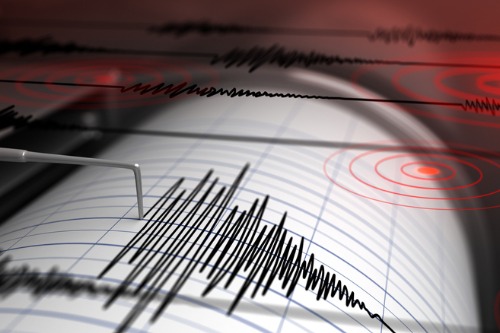

AIR Worldwide has released an update of its earthquake model for Australia.
In a statement, the catastrophe risk modelling firm said that the model is now available in the latest releases of its Touchstone and Touchstone Re catastrophe risk management systems.
The updates were prompted by findings in the national seismic hazard model from Geoscience Australia (GA), which AIR said challenged “established conceptions of Australia’s seismic hazard and generally decreased the view of seismic hazard significantly.”
The model’s fault database has been updated based on GA’s updated 2018 fault model and expanded to 391 faults, including a recent fault discovered as a result of the 2018 Lake Muir Earthquake. The latest ground motion prediction equations are also included to “better capture the epistemic uncertainty inherent in estimating ground motions in tectonically stable regions,” AIR said in a statement.
Additionally, updated site soil classification maps offer higher resolution amplification modelling along the coastal areas where the majority of the population resides. The vulnerability framework now uses intensity-based damage functions and has been expanded to include explicit support for new risk types — including marine hull, marine cargo, and builder’s risk.
“This model has been developed to meet the wide spectrum of earthquake risk management needs of the insurance industry and we took a careful and thoughtful approach in order to deliver this update,” said Jayanta Guin, executive vice president and chief research officer at AIR Worldwide. “The updated model’s revised view of the seismic hazard and updated vulnerability functions provide a better match to historical losses. These updates allow for AIR to continue to provide a comprehensive and scientifically credible earthquake model for Australia.”
